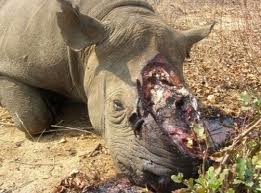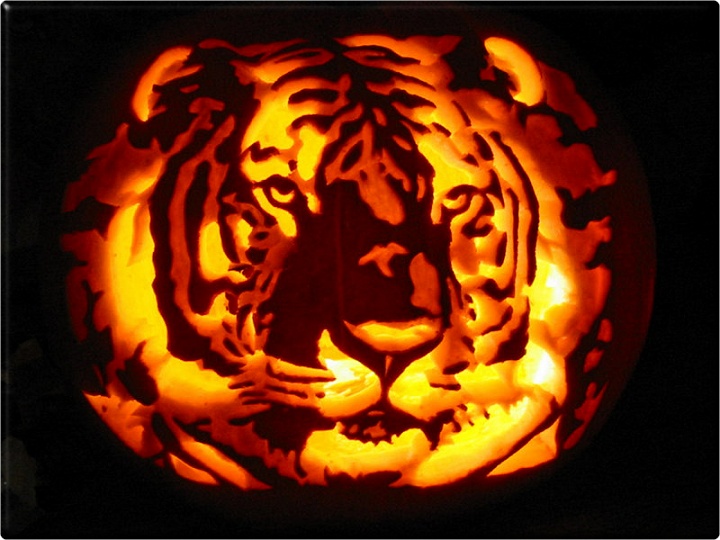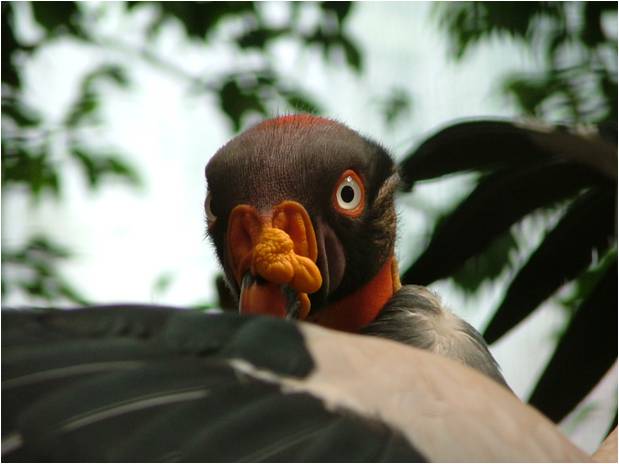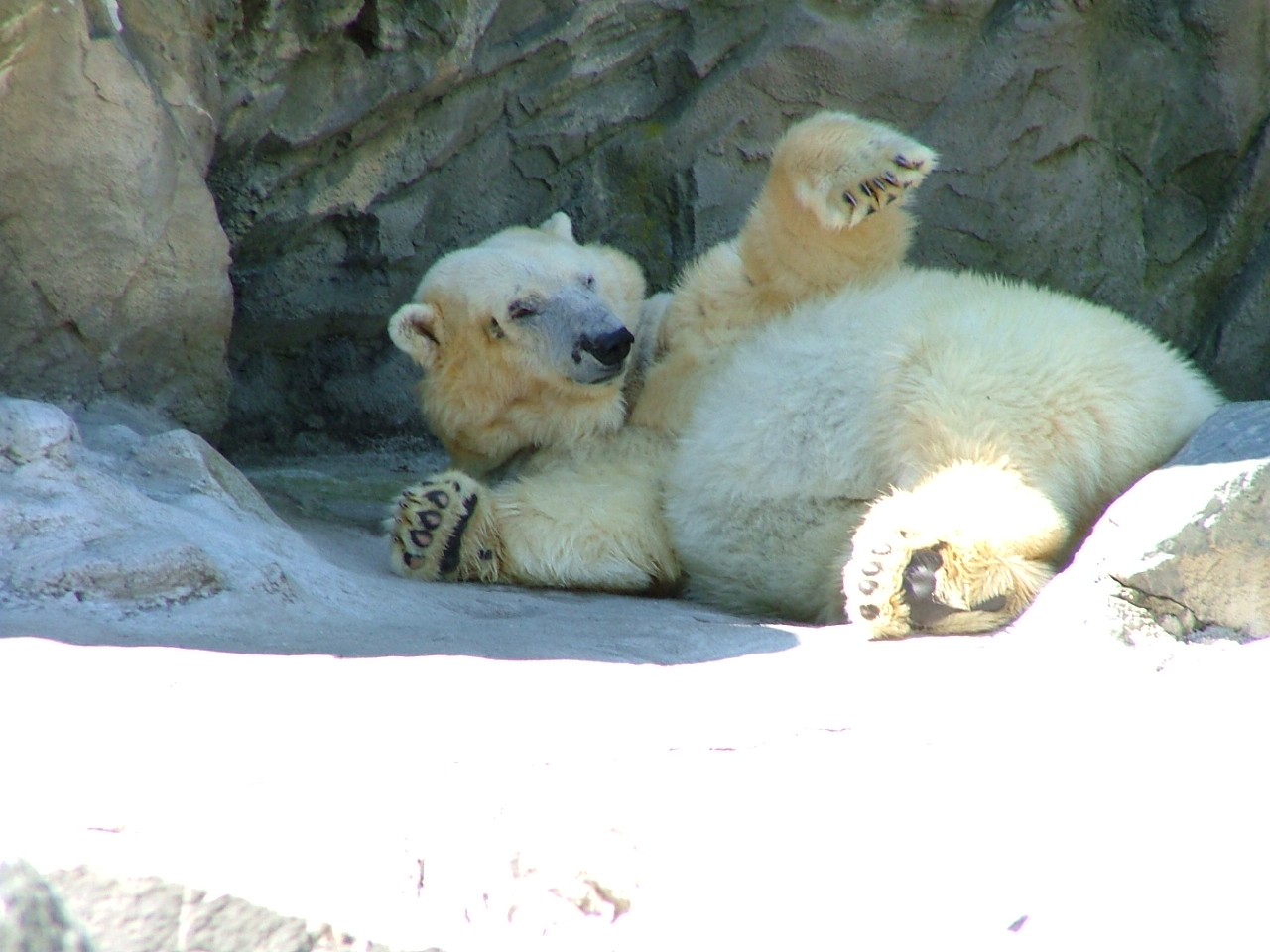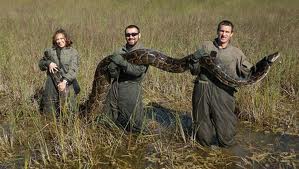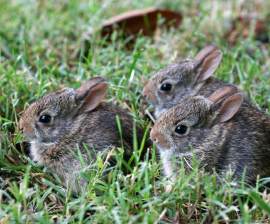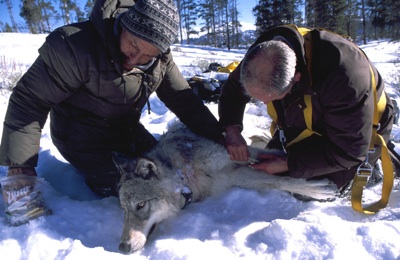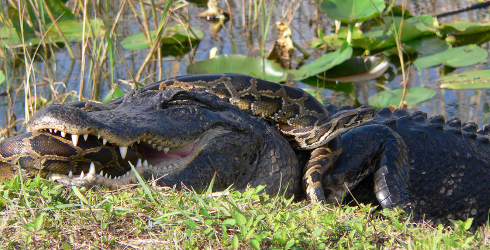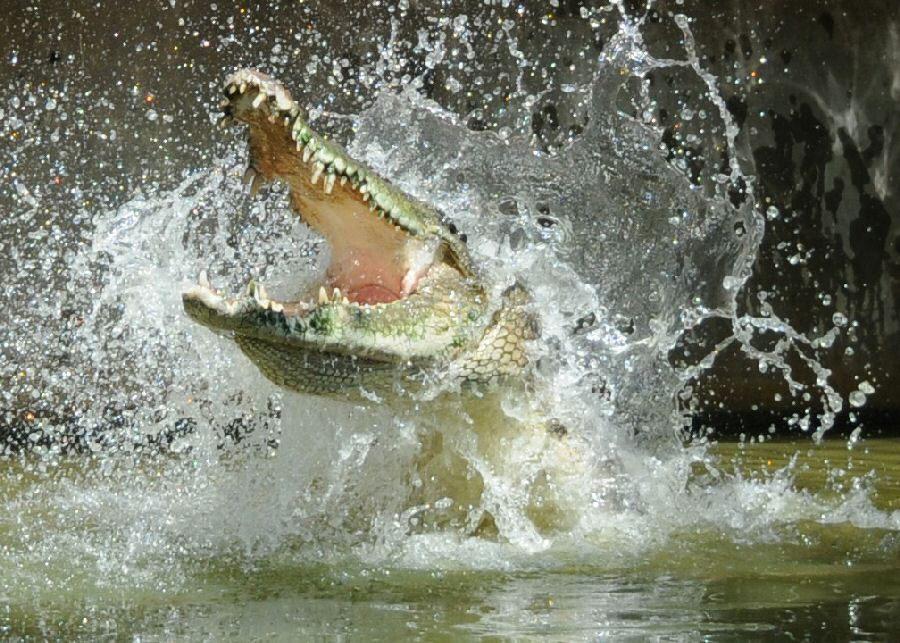With the holidays right around the corner many people have started their yearly quest for one of a kind gifts. It is very easy amidst the hustle and bustle to purchase items based on beauty alone. Please be wildlife aware when buying and receiving gifts. The cost may only be a few dollars out of your pocket, but for an animal it just may have cost his life. It has been well known for quite some time that the illegal trafficking of wildlife and their parts is a multi-billion dollar a year business. Falling behind only drugs and weapons, wildlife …
Wildlife Trafficking: Be Part of the Solution, Not the Problem
